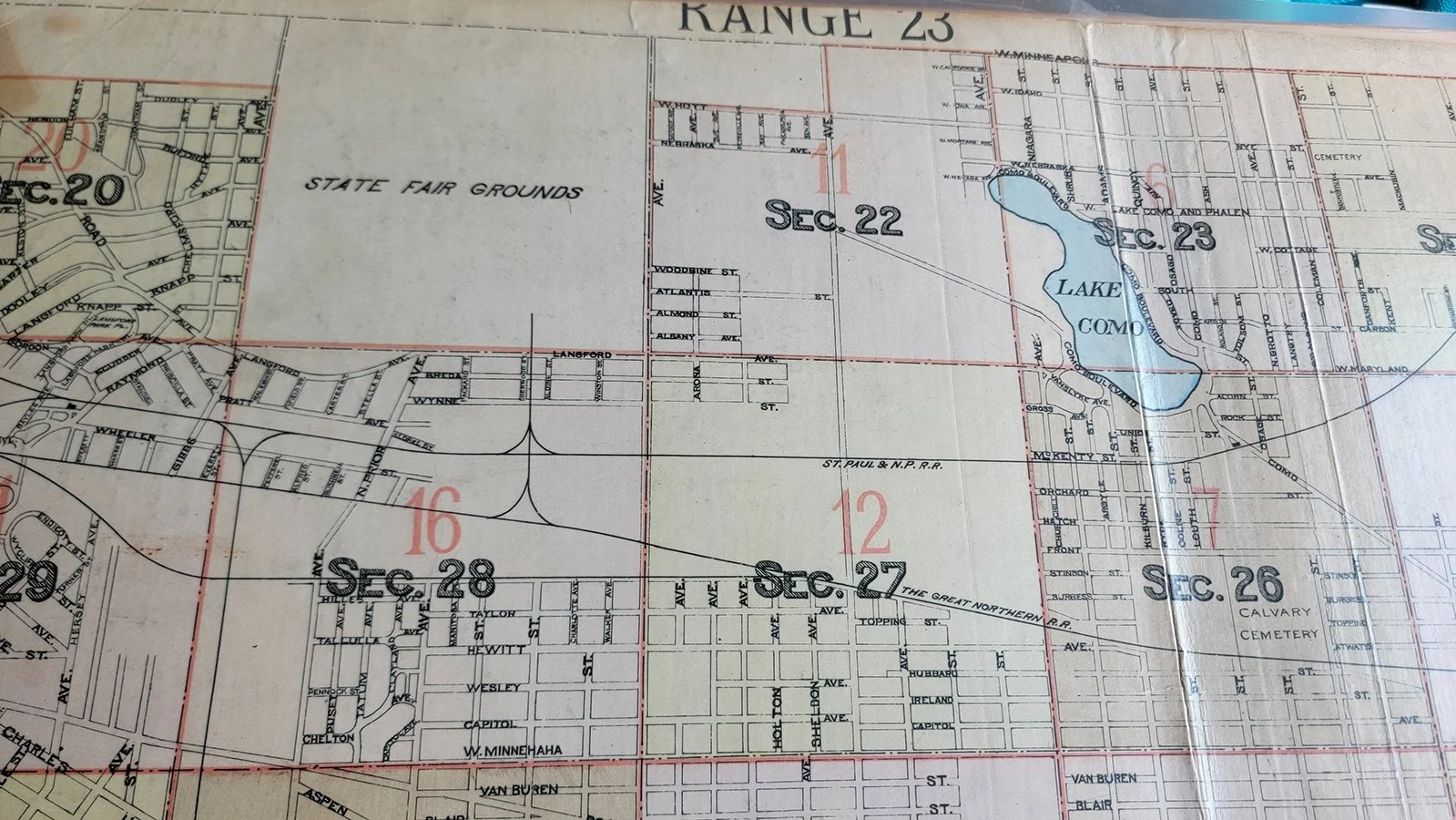Spooky Wisdom, as Seen in Your Community
Have you read (or begun reading) the Strong Towns book, Strong Towns: A Bottom-Up Revolution to Rebuild American Prosperity? If so, join the Strong Towns Book Club, where fellow readers across the world ask their most pressing questions, discuss complex concepts, and share how these concepts relate to their communities.
Hidden among the oversized parking lots and newly widened traffic lanes, you’ll likely find examples of buildings in your community that have evolved and adapted over several decades.
Think the historic storefront downtown, with a modest design well-suited for any budding entrepreneur to share their products or services. Or the longstanding ADU (before it had an acronym) tucked behind homes in older neighborhoods, alternating from long-term rentals to crash pads for relatives in town.
Contrast these to the large swaths of vacant, built-to-a-finished-state developments that litter communities across North America today and you can’t help but ask yourself: what knowledge did our ancestors possess to build such adaptive, lasting places?
At Strong Towns, we call it “spooky wisdom”: the understanding that the most resilient places—whether it’s a building, block, or entire neighborhood—by design, can adapt to the ever-changing needs of an individual, their family, or their community.
If you’ve read the Strong Towns Book, Strong Towns: A Bottom-Up Revolution to Rebuild American Prosperity, you may recognize this concept from chapter one and two, as Charles L. Marohn, Jr. reflects on his early travels in Pompeii.
That’s why, throughout January, we’ve asked participants in the Strong Towns Book Club to share examples of spooky wisdom, as seen in their own communities. (And, golly, the submissions have not disappointed.)
Below, we’ve shared a few of our favorite submissions. You’ll find examples of how places built with spooky wisdom have adapted and evolved over time, plus examples of how new developments—with a little TLC from both citizens and the local government—can take plays from the spooky wisdom playbook:
Strong Towns reader Nate Crawford reflects on the love he and his wife share for their old mill village and how it inspired them to revitalize a property in their neighborhood. The project included renovating the detached garage into a 651 square foot ADU, “providing additional housing and an affordable option for the current tenants.” Read the full submission here.
Strong Towns Senior Editor Daniel Herriges shares a collage of photos of the Packinghouse District in suburban Sarasota, Florida. The district includes a cluster of popular businesses in an out-of-the-way, mostly industrial area next to a freeway underpass. Daniel writes that “the most noteworthy thing to me about this area is that it has evolved in this direction totally in spite of, not because of, local planning efforts.” Read the full submission here.
Strong Towns Content Manager John Pattison celebrates a developing cohousing community behind his home. The property had formerly been zoned for single-family dwelling—but now will include “11 small cottages, a community house, and two huge community gardens.” Read the full submission here.
Have these submissions inspired you to find the flashes of spooky wisdom in your own community? Click the link below to share your discoveries in the Strong Towns Book Club!
About the Author
Jacob Moses serves as Community Builder for Strong Towns. After graduating from the University of North Texas, he worked as a technical writer in Boulder, Colorado and, most recent, as a grocer in his neighborhood of Downtown Denton, Texas. Among the topics that Strong Towns covers, Jacob most believes in complete neighborhoods and encouraging his peers to, as he likes to phrase it, live on a neighborhood-level.
Have a question about joining the Strong Towns movement or how to get involved in our work? Please email Jacob.





In honor of the season, here’s a short adaptation of Edgar Allan Poe’s “The Tell-Tale Heart,” which illustrates the damage that zombie projects — large, ambitious projects that drag out for years or never get off the ground — can do to a place.